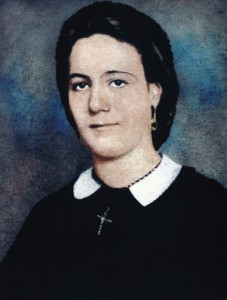Black Sheep BoyPosted in Books, Gay & Lesbian, Louisiana, Media Archive, Novels, United States on 2019-05-25 19:44Z by Steven |
Rare Bird Books
2016
208 pages
Hardcover ISBN-13: 978-1942600374
Paperback ISBN-13: 978-1947856066
- PEN Center USA Fiction Award Winner
- National Endowment for the Arts Fellowship Winner
- Simpson Family Literary Prize Finalist
- Los Angeles Times Literary Pick
- NPR: The Reading Life Featured Book
- The Millions Best Summer Horror Selection
- Book Riot Must-Read Indie Press Book
- On Top Down Under Book of the Year Finalist
- Best Gay Fiction Selection
- Best Gay Speculative Fiction Selection
Meet Boo, a wild-hearted boy from the bayou land of Louisiana. Misfit, outcast, loner. Call him anything but a victim. Sissy, fairy, Jenny Woman. Son of a mixed-race Holy Ghost mother and a Cajun French phantom father. In a series of tough and tender stories, he encounters gender outlaws, drag queen renegades, and a rogues gallery of sex-starved priests, perverted teachers, and murderous bar owners. To escape his haunted history, Boo must shed his old skin and make a new self. As he does, his story rises from dark and murk, from moss and mud, to reach a new light and a new brand of fairy tale. Cajun legends, queer fantasies, and universal myths converge into a powerful work of counter-realism. Black Sheep Boy is a song of passion and a novel of defiance.






